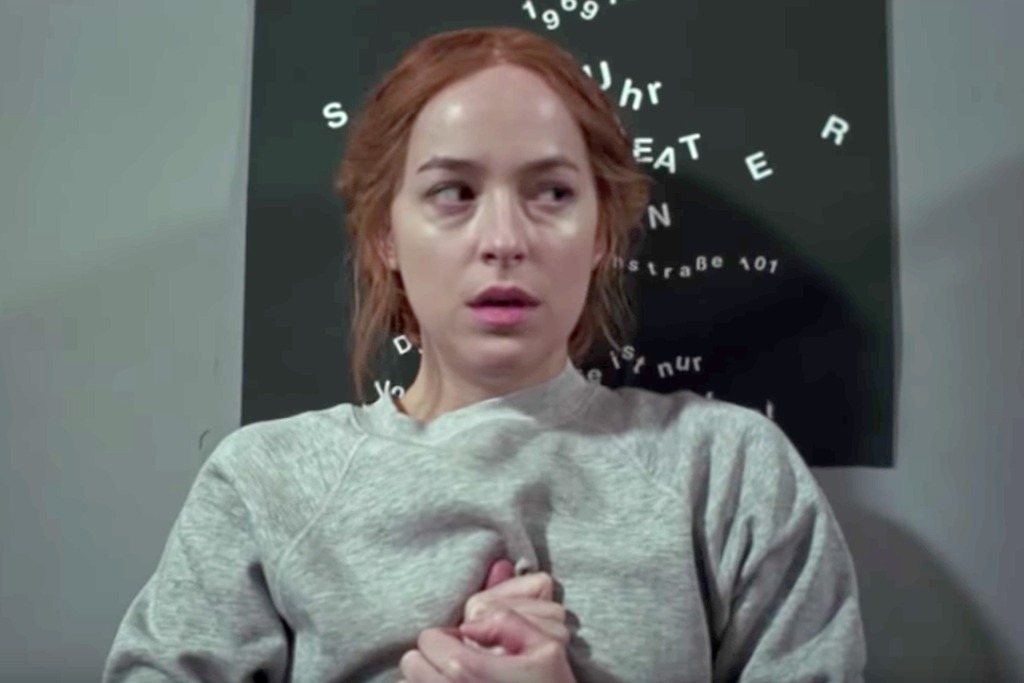
These days, remakes are a common trend in the world of cinema and aren’t always welcomed by audiences, furthermore, if any genre relishes in the joy of reimagining a familiar story more than any other, it’s horror. Whether taking a beloved classic or a trashy cult film, the successes of horror remakes have been sporadic over the past few decades, but every so often, diamonds can be found in the rough; some that even shine with much brighter qualities than their fossilising inspirations.
So here we have 10 films that we believe improved on their predecessors in more ways the one, depleting the negative connotations associated with the word ‘remake’ itself, whilst paving a hopeful road for the future of films to come.
10. Sorority Row
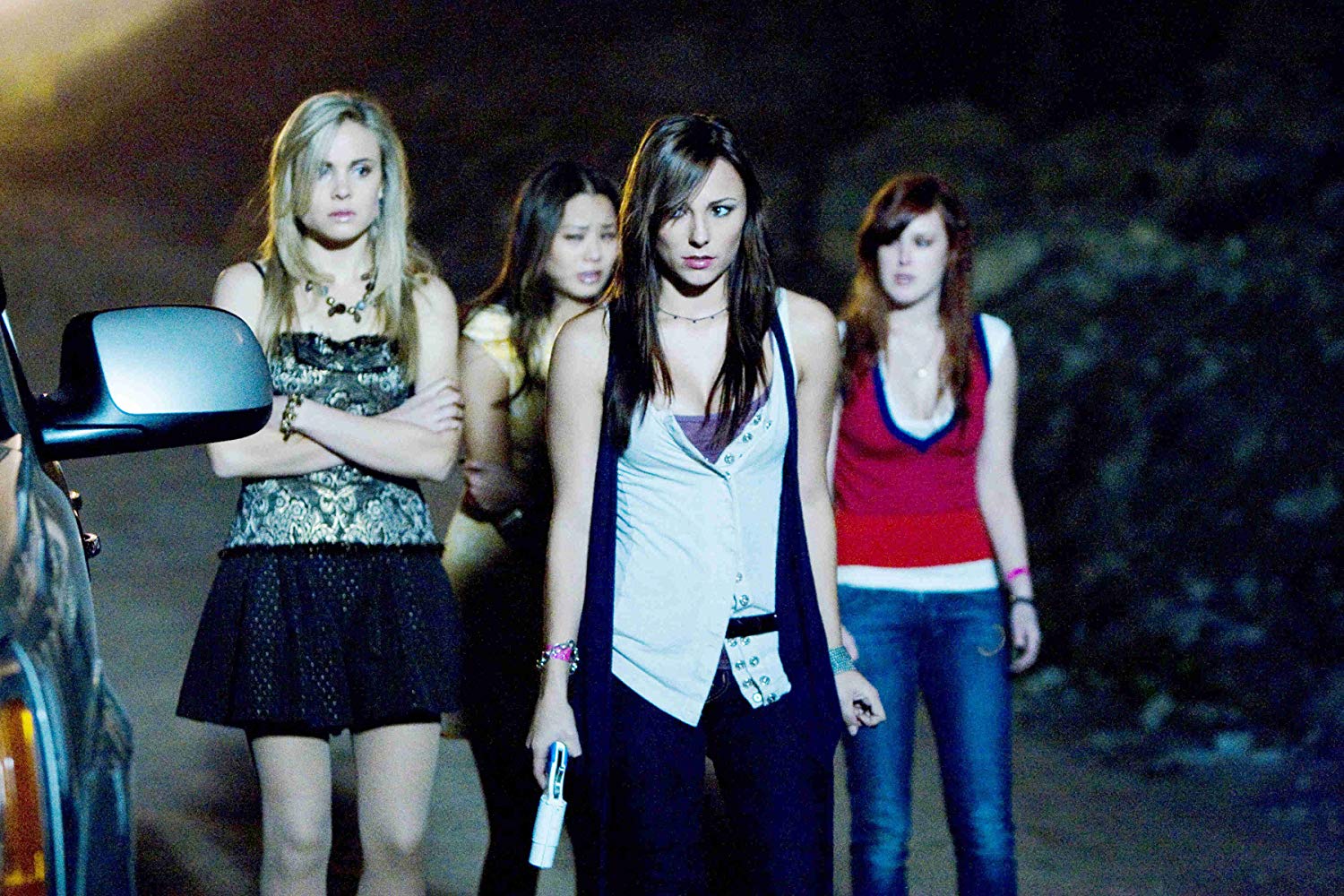
Here’s a perfect example of a not-so-great horror movie being remade into another not-so-great horror movie, with the exception that the remake is slightly more superior simply because it has a much higher entertainment value. In saying that, The House on Sorority Row (1983) wasn’t a complete disaster, featuring some well-filmed sequences of suspense and handful of gaudy characters providing the frequent laugh or two, yet it lacked the creativity of other slashers at the time and suffered commercially because of it.
Sorority Row (2009) on the other hand, knew that it didn’t have big shoes to fill, but also substituted well-calibrated scares for brazen campy fun, which actually worked in its favour. Featuring a serial killer who pimps out a tyre-iron with deadly blades for no apparent reason, we know from the get go that this movie isn’t meant to be taken seriously. Sure, the characters aren’t very well developed, but all is forgiven when there are so many bitchy one-liners thrown around and some inventive kills to top it all off.
9. The Blob
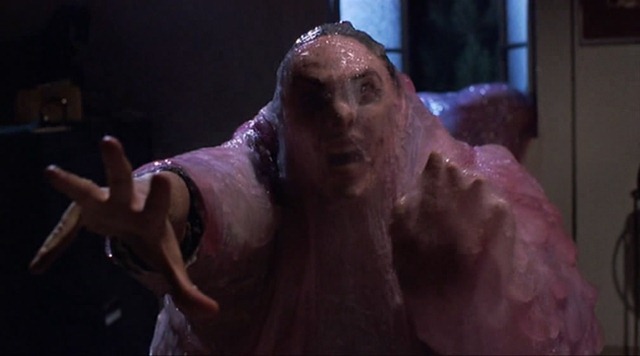
With an idea this absurd, its success was always going to hinge on how realistically its shapeless, title-character could be depicted. For all its goofy fun, The Blob (1958) was by no means a memorable piece of Hollywood cinema. With some awkward casting decisions, sluggish pacing, and a slimy villain that looks more like something you’d spread on a peanut butter sandwich rather than something that’s going to eat you alive, this movie certainly had room for improvement.
While it was serviceable entertainment for its time, the movie struggled to be labelled a horror beyond its extra-terrestrial elements, which is why Chuck Russell’s 1988 remake was just as unexpected as it was welcomed. Considering the moderate success of its predecessor, this one had almost 30 years of advancements in practical effects and CGI technology to improve on its fiendishly fun concept…and it worked.
By using the same story and a variety of memorable death-trap settings from the 1958 version, Russell fills the plot full of action-packed sequences, whilst throwing in some Hitchcockian-inspired tricks to keep you on the edge of your seat. It’s funny, scary and shamelessly 80’s, this remake is an absolute hoot from start to finish!
8. Last House On The Left
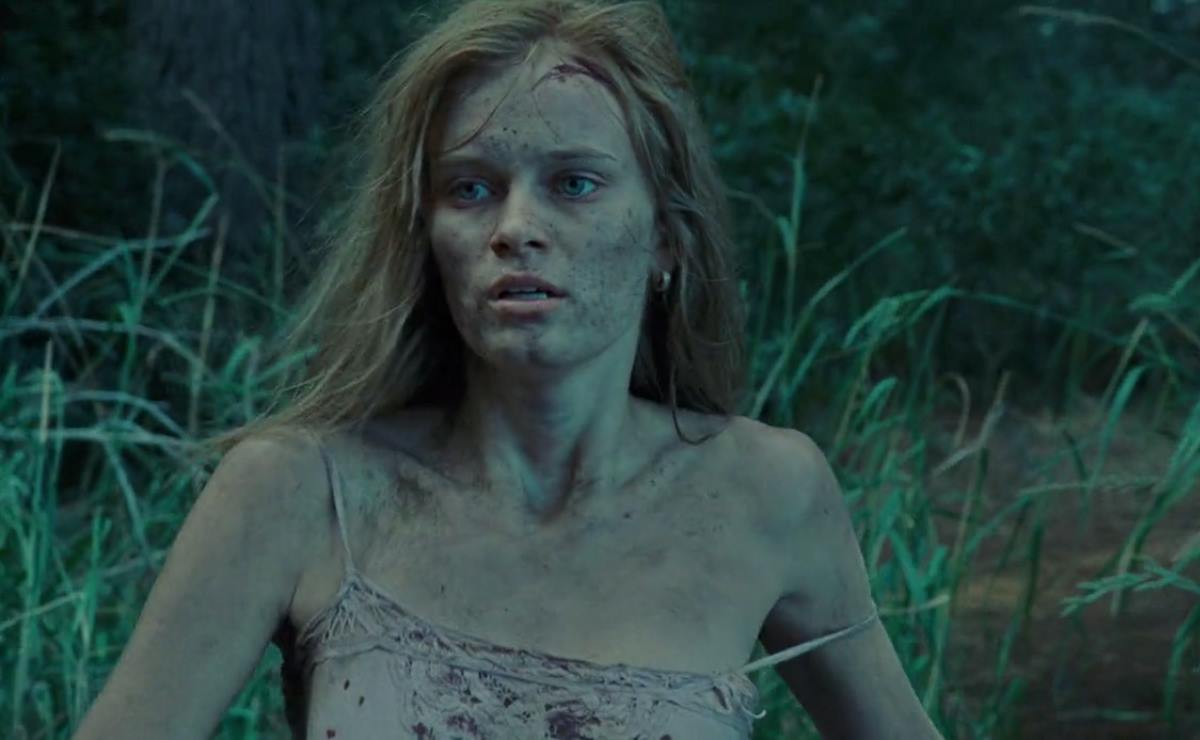
It almost feels blasphemous to admit that a film obtains the power to overshadow something made by one of the great masters of horror, but in his defence, Wes Craven was still finding his feet as a filmmaker at the time, needless to say, his future body of work contained a much higher percentage of successes than it did failings.
Made on a minimal budget, fuelled by anti-Vietnam protests and influenced by the work of Ingmar Bergman, Craven’s The Last House On The Left (1972) was the exploitation flick the world wasn’t ready for, which included scenes of rape and violence depicted so realistically for cinema at the time, it was quickly solidified as one of the great video nasties of the 20th century.
Yet, even though Craven’s film managed to tackle its confronting themes with respect and style, the rest of the movie doesn’t seem to have aged very well all these years later, which is why Dennis Iliadis’ 2009 remake was refreshing to say at the least; on a technical scale it’s much smoother, and in a dramatic sense it’s much more traumatising.
It comes down to the simple fact that The Last House On The Left was Craven’s first film…and it shows. That’s not to say it was a complete dumpster fire, but in drawing comparisons between the original and the polished remake, it’s impossible to deny that the Iliadis improved on the exact thing Craven set out to do – shock!
7. The Crazies
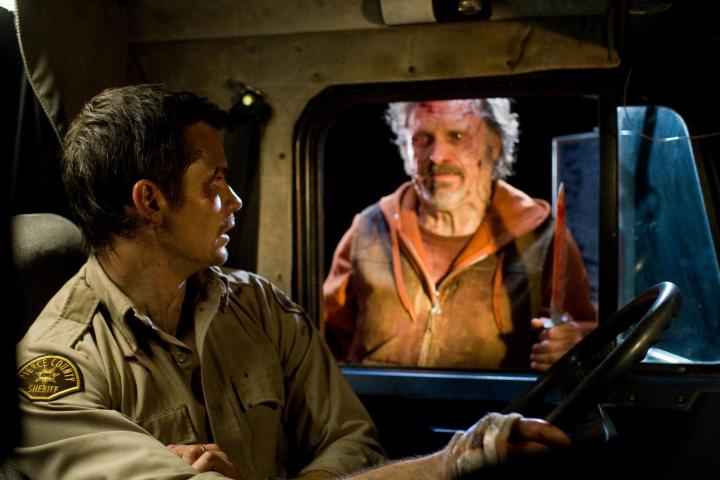
Let’s face it, there’s an abundance of zombie movies out there, and more to the point, there’s only been a select few in the last two decades that have had enough meat on their bones for genre-buffs to sink their teeth into.
Perhaps the most worthy addition to the new millennium being Danny Boyle’s, 28 Days Later (2002), which took the post-apocalyptic zombie concept to new heights with a solidly-written script and delivered bucketloads of flesh-ripping action when required. It took itself seriously; which has been a rare occurrence for the genre since zombies started to become a joke following the post 80’s horror craze. Since then, genre successes have been sporadic, only ever satisfying audiences when an equal balance of comedy was thrown into the mix.
All of that changed in 2010 when American filmmaker, Breck Eisner, decided to revamp George A. Romero’s, The Crazies (1973). For something that could have been a scene-for-scene retread with the only difference being a bigger budget and fresh faces, Eisner’s vision proved to be far more innovative than audiences might have suspected.
Romero’s original toyed with some touchy themes; the kind that Hollywood studios wouldn’t dare to explore at the time (abhorrent sexual references being one of the few), and while Eisner’s remake lacked the same narrative boldness, it found way to reach a wider audience with a higher body count and an even higher entertainment factor, including an unforgettable, nerve-shredding sequence involving a pitchfork.
6. The Ring
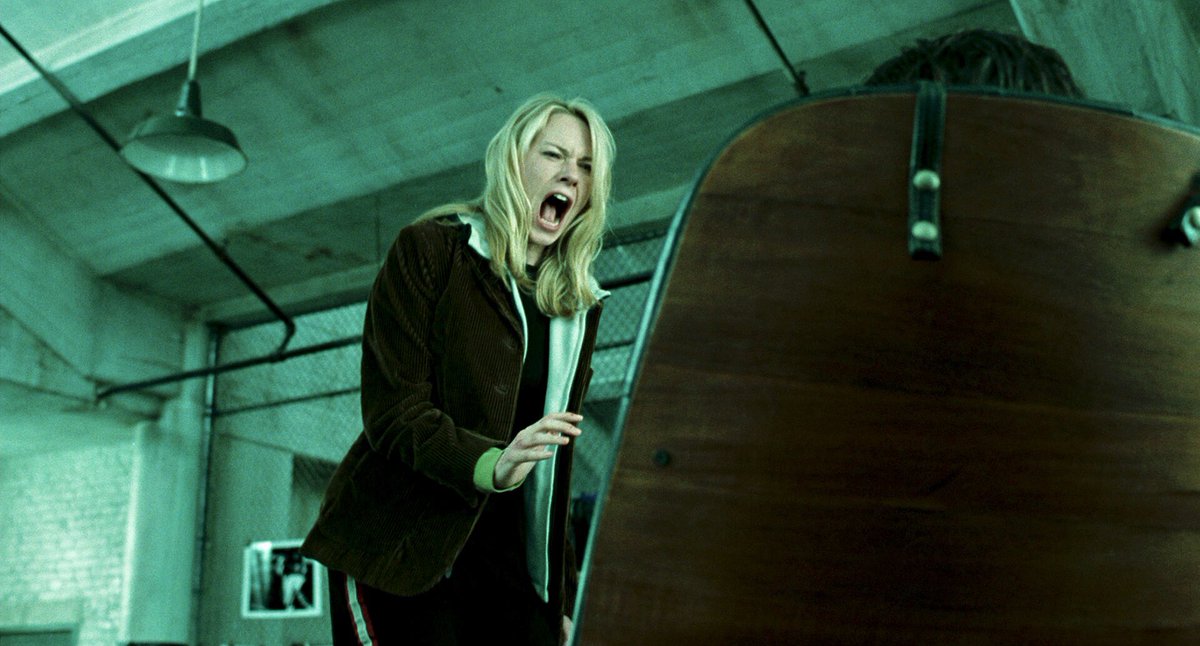
One of the big risks with executing a remake is when a filmmaker faces the challenge of transitioning a story from one country to another. A whole lot of things can change; from capturing the foreign atmosphere of hills, homes and streets, right down to cultural nuances and mannerisms – the kinds of things that are not only used to alienate audiences from the norm, but to change how the entire picture is digested from start to finish.
While Hideo Nakata’s Ringu (1998) was (and still is) as creepy as hell, Gore Verbinski’s remake was the westernised world’s first big introduction to the J-Horror style of cinema and it set the bar pretty damn high, taking all the technical and performative aspects from the original and enhancing them on almost every level, while never losing the sense of cold, dread-inducing atmosphere that made Ringu so effective.
Refraining from the use of unnecessary jump scares or violence, instead building a sense of impending fear, Verbnski drags you into his nightmarish vision, creating an ominous mood that ever so slowly builds to an unrushed, terrifying climax that still manages to have the same spine-tingling effect almost two decades after its initial release.